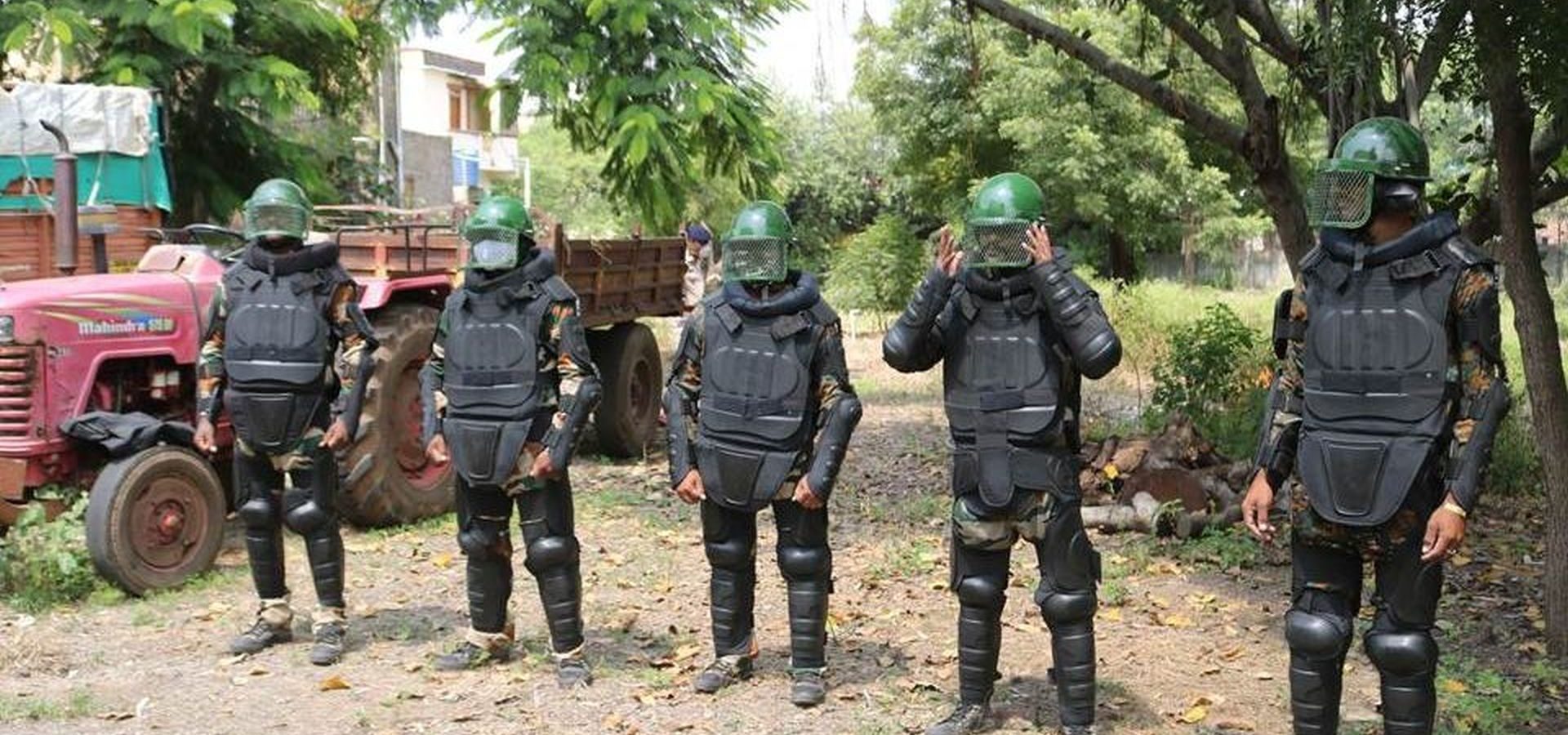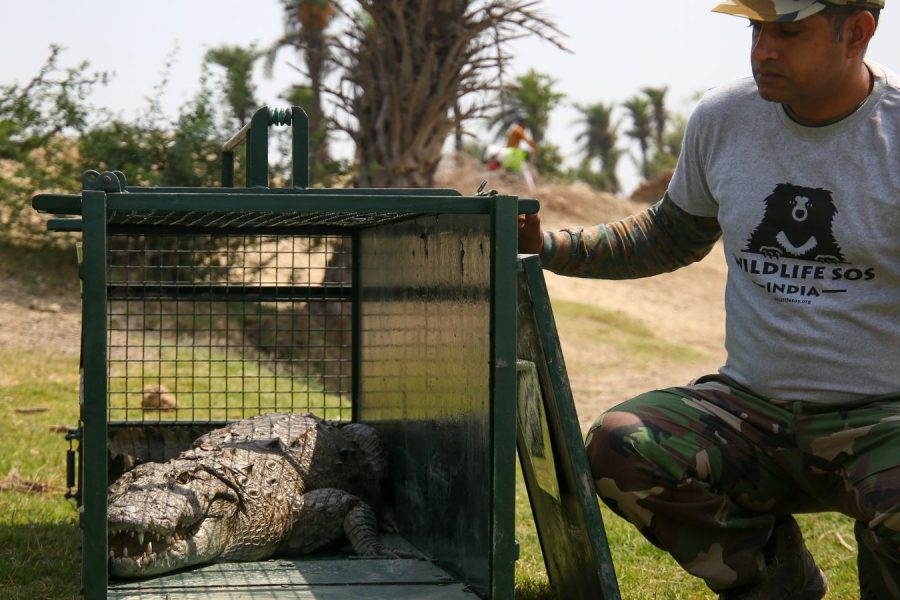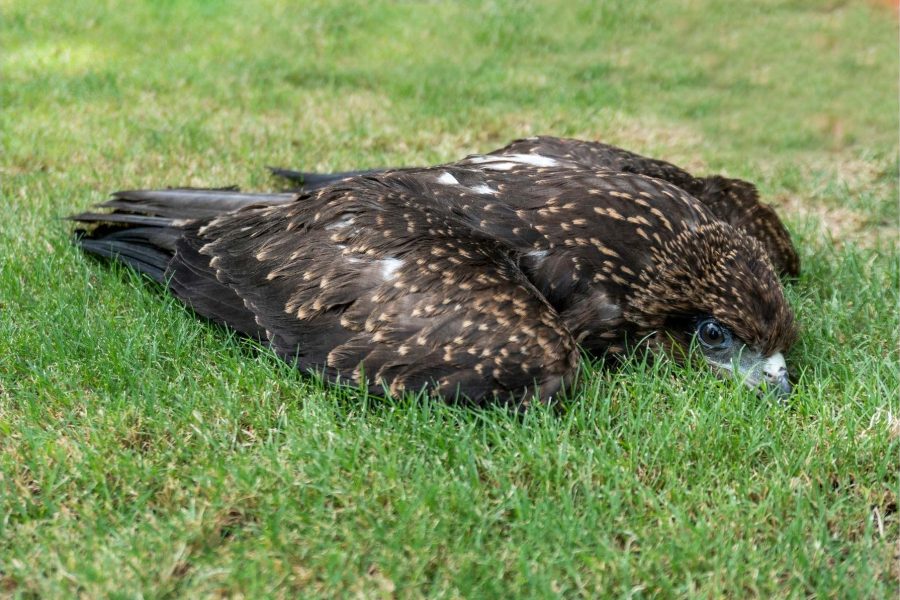Mitigating man-animal conflict can be quite a challenging task, involving many aspects such as community participation, avoidance behaviour and quick action in the face of danger. Considering that Maharashtra is a hotbed for leopard activity and reports countless cases of conflict annually, Wildlife SOS has been working, over the past many years, towards sensitising the people who share the landscape with these big cats.

To encourage conservation efforts amidst the local communities, we conduct awareness programs across villages, frequently updating the course with new information and technology in the field of sustenance. After a long break due to the pandemic, the Wildlife SOS team operating out of the Leopard Rescue Centre in Junnar, Maharashtra held a series of awareness workshops for Forest Department officials and villagers of Junnar, Surur & Ghodegaon areas, making up Villager Rescue Teams.
A team consisting of veterinary officers and paravets conducted the workshops keeping in mind the many aspects of conducting a successful rescue including do’s & dont’s, crowd control and information about the animals prowling the edges of forest-fringing villages.

Much of our work depends on Villager Rescue Teams – a unit that consists of local villagers who are dedicated conservationists in their own ways with a deep-rooted passion for wildlife. They often assist Wildlife SOS in sensitive rescue missions and are often the first responders in case of emergencies. Within the Junnar division, one Villager Rescue Team has been recruited for each range, consisting of 25-30 people. The workshop conducted for the Villager Rescue Teams focused on rescuing the animal caught in precarious conditions, controlling the curious crowds that often swell uncontrollably in such situations and how to identify the animal and assist it best.

In another program, Forest Department officials were cordially invited with the Deputy Conservator of Forests, Junnar – Mr Jayaram R Gauda, RFO Junnar Ajit Shinde & RFO Shirur Manohar Mhasekar were also in attendance. We conducted mock-drill training for the officers where our team members simulated many situations and explained the right way to conduct rescues. Of these, some scenarios included a leopard falling prey to an open well or a snare trap, both of which continue to plague the big cats of Maharashtra. The team also went on to talk about the proper method of tranquilising an animal and the right equipment to transport them for medical treatment.

Our work with the Forest Department and local communities over this duration has highlighted the fact that community participation is a huge part of alleviating conflict. When people are involved in safeguarding the habitat that they’re a part of, conservation efforts yield more success than otherwise.





